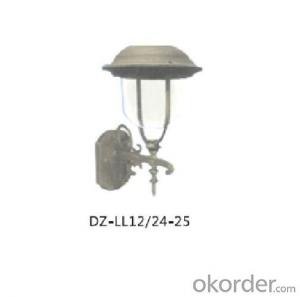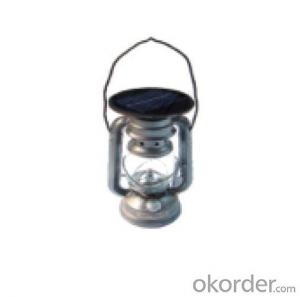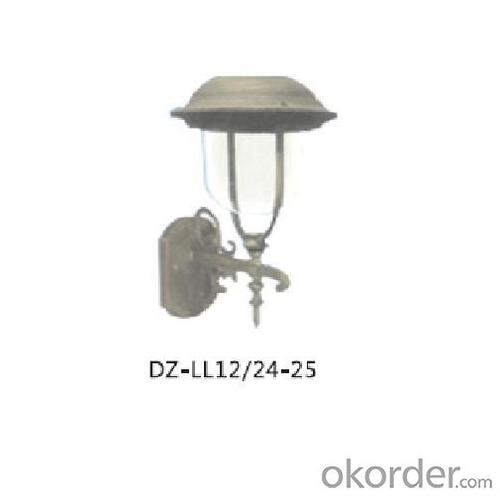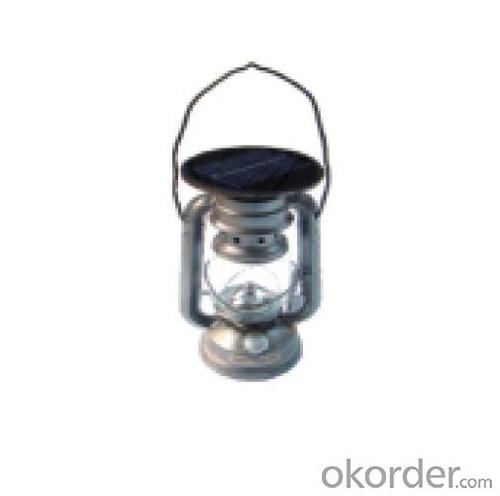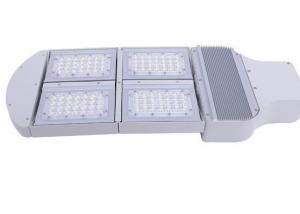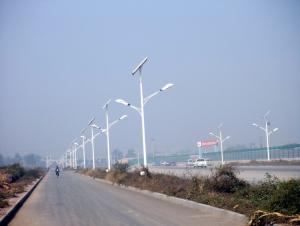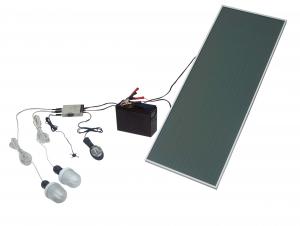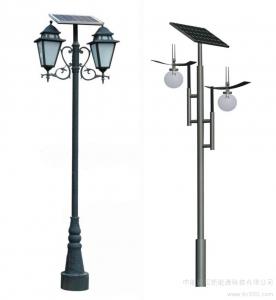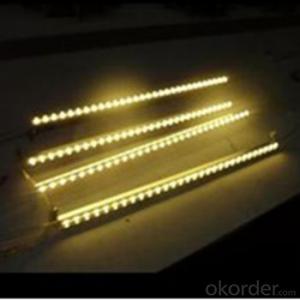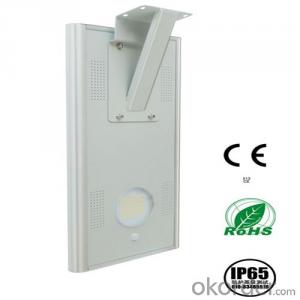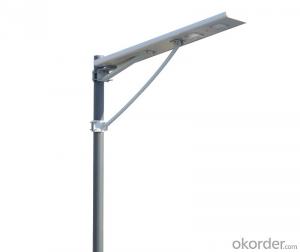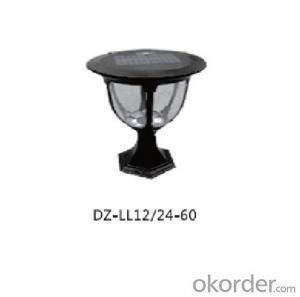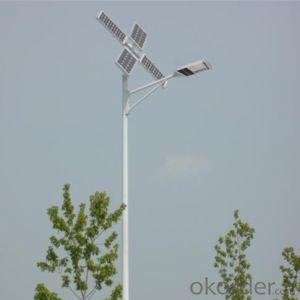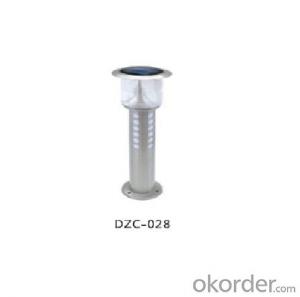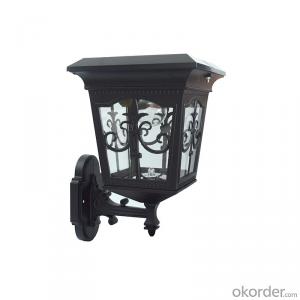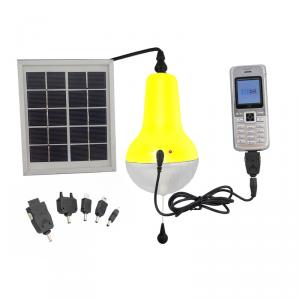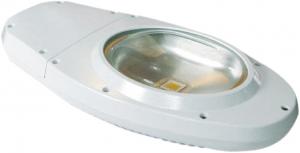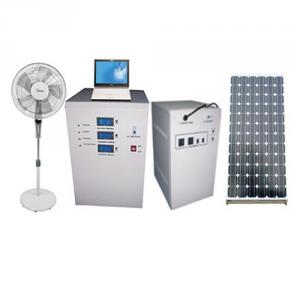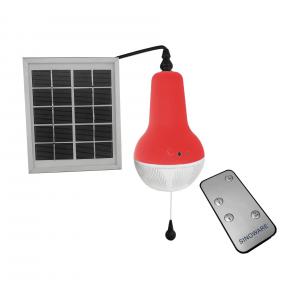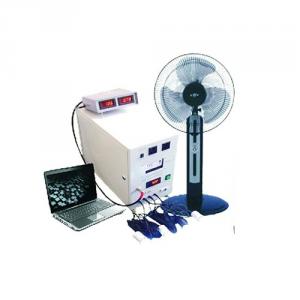Solar Light Post Caps 5x5 - Solar LED Lawn Light DZ-LL12/24-25
OKorder Service Pledge
OKorder Financial Service
You Might Also Like
LED Lawn light
futures:
Over 50,000Hrs mean time between failures(depends on environment).
Superior color rendering index up to 90,near daylight quality.
Lamp Luminous Efficiency up to 100lm/w.
what we can offer:
1.Your inquiry related to our products or prices will be replied immediately.
2. Professional service from well-trained and experienced staffs is customers’ best choice to secure good
communication, on time delivery, reliable warranty etc.
3. OEM is available for Anern Products.
FAQ
Q:Are you manufacture or trading company
A:we are group company with facotries.
Q:Required mainly certificated?
A:Our product are certified by CE RoHS,IEC,C-tick etc.
Q:Your mainly export market?
A:The main market of our product is South-east Asia,Mid east,Africa, east Europe and latin America
Q:your main product produced?
A:solar section:solar street light, LED section:LED street light
light source:LED light
surfce process: spray paint
light material:cast alumimium
solar panel:mono
light control:light+time
working time:more than 6 hours per day
rainy day:2~3days
environment termperature:﹣30℃~60℃
- Q: How do solar lights store energy?
- Solar lights store energy through the use of rechargeable batteries. These batteries are typically made of nickel-metal hydride (NiMH) or lithium-ion (Li-ion) and are designed to store the excess energy generated by the solar panels during the day. When sunlight hits the solar panels, it produces an electric current that charges the batteries. This energy is then stored in the batteries until it is needed at night or during periods of low sunlight. The stored energy is used to power the LED lights that illuminate the solar light. The batteries are connected to a charge controller, which regulates the flow of energy from the solar panels to the batteries, preventing overcharging or damage to the batteries. This storage mechanism allows solar lights to provide illumination even when there is no sunlight available, making them sustainable and energy-efficient alternatives to traditional lighting options.
- Q: Can solar lights be used for parking lot lighting?
- Yes, solar lights can be used for parking lot lighting. They are a sustainable and cost-effective option for illuminating parking lots, providing adequate lighting while reducing energy consumption and operating costs.
- Q: Can solar lights be used for deck or patio lighting?
- Yes, solar lights can absolutely be used for deck or patio lighting. In fact, they are a popular and convenient option for illuminating outdoor spaces. Solar lights are designed to absorb sunlight during the day and convert it into energy, which is then used to power the built-in LED bulbs at night. This means that they do not require any electrical wiring or outlets, making them easy to install and move around as needed. Solar lights come in various styles and designs, including string lights, pathway lights, spotlights, and even decorative lanterns, allowing you to choose the perfect option to suit your deck or patio's aesthetic. Additionally, solar lights are eco-friendly and cost-effective since they do not rely on electricity from the grid. They automatically turn on at dusk and turn off at dawn, providing a soft and ambient lighting for your outdoor space without any additional effort or expense.
- Q: Are solar lights suitable for remote or off-grid locations?
- Yes, solar lights are highly suitable for remote or off-grid locations. Since they rely solely on sunlight for power, they do not require any external electrical source or wiring infrastructure. This makes them ideal for providing lighting in areas without access to electricity, such as remote villages, campsites, or off-grid cabins. Solar lights are easy to install, low maintenance, and environmentally friendly, making them a practical and sustainable lighting solution for such locations.
- Q: Can solar lights be used for art installations and sculptures?
- Yes, solar lights can definitely be used for art installations and sculptures. In fact, they are increasingly being used in such projects due to their numerous advantages. Solar lights are powered by solar energy, which means they do not require any electrical wiring or connection to the grid, making them extremely versatile and easy to install in any location. This makes them ideal for outdoor art installations and sculptures, where the availability of electricity may be limited or non-existent. Solar lights come in various shapes, sizes, and colors, allowing artists to choose the perfect lighting solution that complements their artwork. They can be used to highlight specific features or elements of a sculpture, creating a captivating visual effect. Additionally, solar lights often have adjustable brightness settings, giving artists the flexibility to control the intensity of the light and create different moods or atmospheres. Moreover, using solar lights for art installations and sculptures is also an eco-friendly choice. By harnessing the power of the sun, these lights do not contribute to greenhouse gas emissions or consume non-renewable energy sources. They are a sustainable lighting solution that aligns with the growing interest in environmentally conscious art practices. In conclusion, solar lights are a fantastic option for art installations and sculptures. They offer convenience, versatility, and environmental friendliness, allowing artists to enhance their work with beautiful and sustainable lighting effects.
- Q: Can solar lights be used to light up a large area?
- Yes, solar lights can be used to light up a large area. However, the effectiveness of solar lights in illuminating a large area depends on various factors such as the size and brightness of the lights, the intensity and duration of sunlight available, and the specific lighting requirements of the area. It is important to choose high-quality, powerful solar lights and position them strategically to ensure sufficient coverage in a large area.
- Q: Can solar lights be used in regions with limited sunlight?
- Yes, solar lights can be used in regions with limited sunlight. While it is true that solar lights rely on sunlight to generate electricity, advancements in solar technology have made it possible for solar lights to still function in areas with limited sunlight. These lights are designed with highly efficient photovoltaic cells that can convert even small amounts of sunlight into energy. Additionally, many solar lights are equipped with batteries that store excess energy during sunny periods, allowing them to continue functioning even during cloudy or rainy days. Therefore, even in regions with limited sunlight, solar lights can still provide a reliable and sustainable lighting solution.
- Q: Are solar lights suitable for mining or construction sites?
- Yes, solar lights are suitable for mining or construction sites. They are portable, require minimal installation, and can operate independently without the need for electrical infrastructure. Solar lights provide reliable and energy-efficient lighting solutions, ensuring safety and visibility in remote and off-grid locations. Additionally, they are durable, weather-resistant, and can withstand the rugged conditions commonly found on mining or construction sites.
- Q: How do solar lights handle power fluctuations in developing countries?
- Solar lights in developing countries are designed to handle power fluctuations in various ways. Firstly, they often include built-in batteries or capacitors that store excess energy during sunny periods and release it when sunlight is unavailable. This enables the lights to function continuously, even when there is low sunlight or at night. Moreover, efficient power management systems are incorporated into many solar lights. These systems regulate and optimize energy usage by adjusting the light output based on the available solar energy. This ensures that the lights can operate consistently, even when there are fluctuations in solar power. Furthermore, advanced electronics and sensors are integrated into some solar lights. These components can detect and adapt to changes in power supply, such as sudden voltage surges or drops. By adjusting their internal components, these lights protect themselves from damage and maintain a stable light output. Additionally, solar lights used in developing countries are designed to be robust and durable. They are resistant to harsh environmental conditions, such as storms or extreme temperatures. This ensures that they can withstand power fluctuations caused by weather events. In conclusion, solar lights are designed to be reliable and resilient in developing countries, where power fluctuations are common. They incorporate features like energy storage, efficient power management systems, and durable designs to provide continuous and uninterrupted lighting, even in challenging conditions.
- Q: Can solar lights be used for public park or garden lighting?
- Yes, solar lights can be effectively used for public park or garden lighting. Solar lights are a sustainable and cost-effective solution for outdoor lighting, as they use renewable energy from the sun to power the lights. They can be easily installed in parks or gardens without the need for complicated wiring or electrical infrastructure. Solar lights are also environmentally friendly, as they do not produce harmful emissions and reduce energy consumption.
Send your message to us
Solar Light Post Caps 5x5 - Solar LED Lawn Light DZ-LL12/24-25
OKorder Service Pledge
OKorder Financial Service
Similar products
Hot products
Hot Searches
Related keywords
